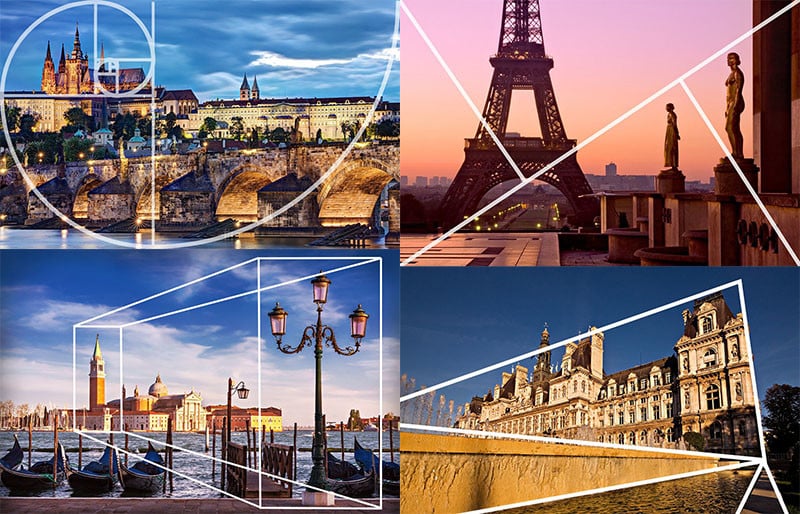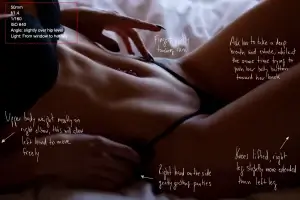Photography is not just about pointing and shooting; it’s about telling a story, evoking emotions, and capturing moments in the most compelling way possible. One of the most powerful tools in your photography arsenal is composition. In this article, we will explore composition techniques that can transform your photos from good to great.
1. The Rule of Thirds:
Divide your frame into a 3×3 grid, both horizontally and vertically, creating nine equal parts. Place key elements along these lines or at their intersections. This simple rule adds balance and interest to your photos.
2. Leading Lines:
Use lines, such as roads, bridges, or patterns, to guide the viewer’s eye through the image. Leading lines create depth and draw attention to specific subjects or focal points.
3. Framing:
Find natural frames within your environment, like archways, windows, or tree branches. Framing adds depth and context to your photos while drawing attention to your subject.
4. Symmetry and Balance:
Symmetrical compositions can be visually powerful. Center your subject or elements to create a sense of balance and harmony. Asymmetrical balance, on the other hand, adds tension and interest.
5. Negative Space:
Sometimes, what you leave out of the frame is as important as what you include. Utilize negative space, or empty areas in your photo, to emphasize your subject and create a minimalist, impactful image.
6. Leading Room:
When photographing subjects in motion, leave space in the direction they are moving. This provides a sense of movement and allows viewers to imagine where the subject is headed.
7. Rule of Odds:
Odd numbers of elements in a composition often create more dynamic and visually appealing photos. Instead of two trees, include three. This adds depth and complexity to your image.
8. Patterns and Repetition:
Capture repetitive shapes, colors, or objects to create a visually stimulating composition. Patterns can be found in architecture, nature, and everyday life.
9. Use of Light:
Pay attention to how light interacts with your subject. Soft, diffused light can highlight details and create a warm atmosphere, while harsh light can add drama and shadows.
10. Perspective and Depth:
Experiment with different angles and focal lengths to add depth and dimension to your photos. Get down low for an interesting ground-level perspective or use a wide-angle lens for dramatic landscapes.
11. Rule of Space:
When photographing a subject in motion, give it space to move within the frame. This creates a sense of direction and anticipation.
12. Golden Ratio:
Similar to the rule of thirds, the golden ratio is a mathematical concept that can be used to create aesthetically pleasing compositions. Many natural and human-made objects follow this ratio, so look for opportunities to incorporate it into your photos.
13. Storytelling:
Think about what you want your photo to convey. Consider the story, emotions, or message you want to communicate and use composition to support your narrative.
Practice and Experimentation:
While these composition techniques provide a solid foundation, remember that rules are meant to be broken in art. Don’t be afraid to experiment and develop your unique style over time. The more you practice and explore different compositions, the more you’ll refine your photographic eye and elevate your photos from good to great.
In conclusion, composition is a powerful tool that can transform your photography. Whether you’re capturing landscapes, portraits, or everyday scenes, mastering these composition techniques will help you create visually stunning and emotionally resonant images. So grab your camera, venture out, and start applying these principles to your photography today!




